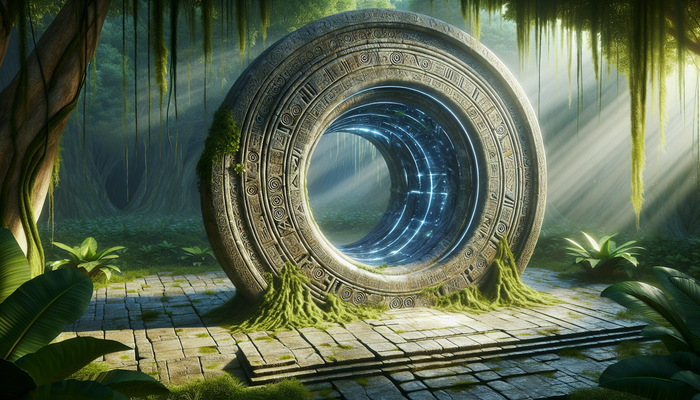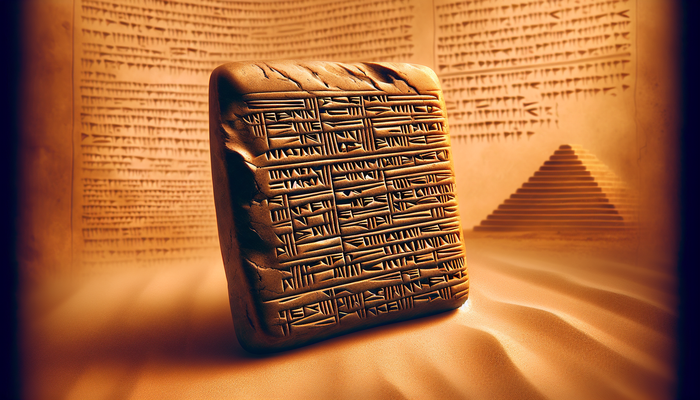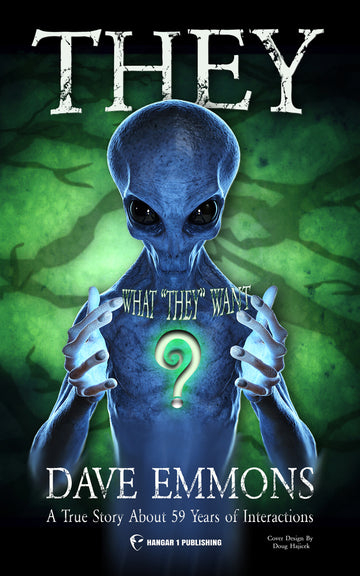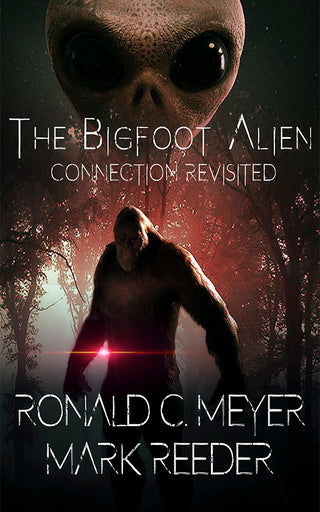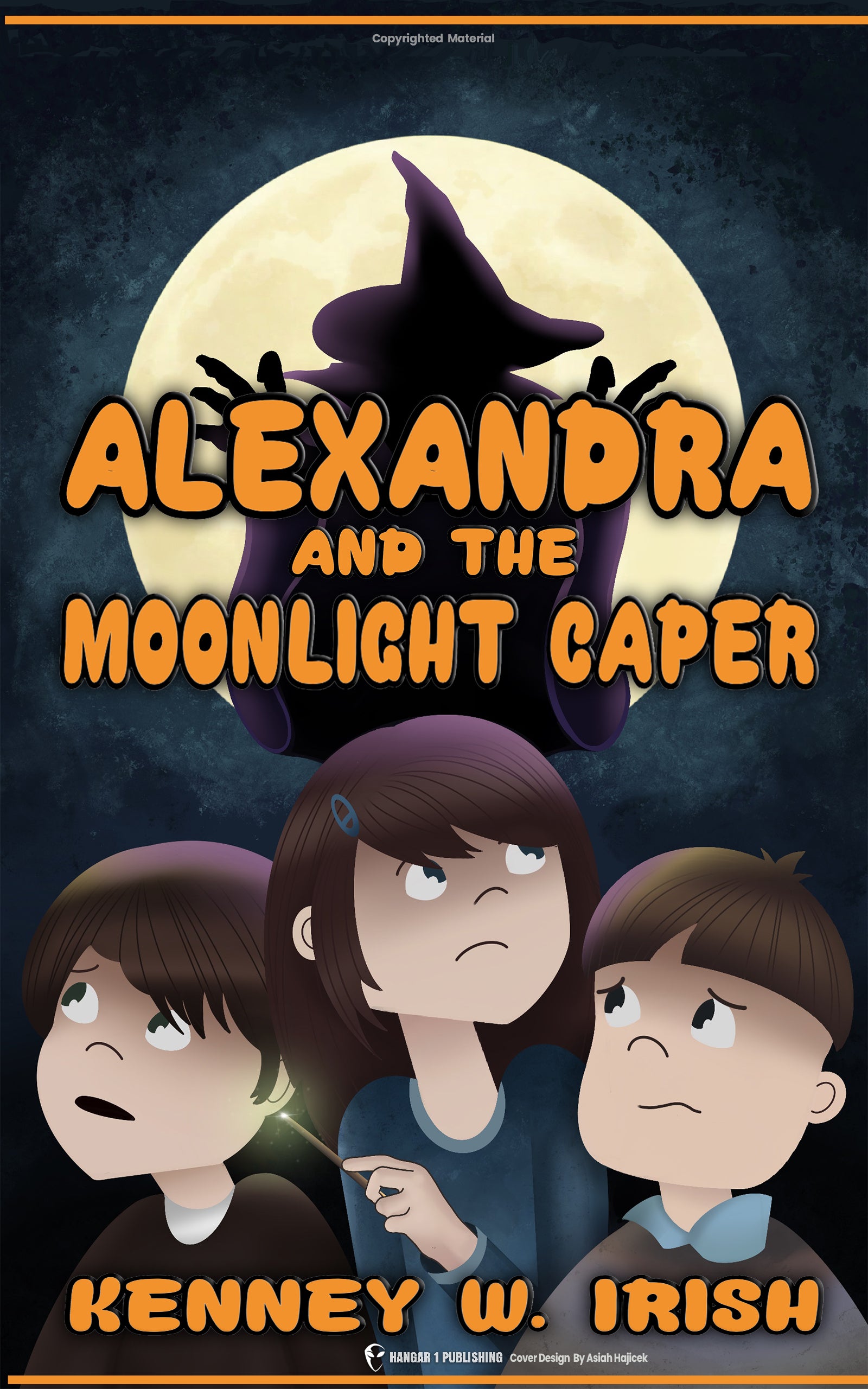The Holographic Universe Explained
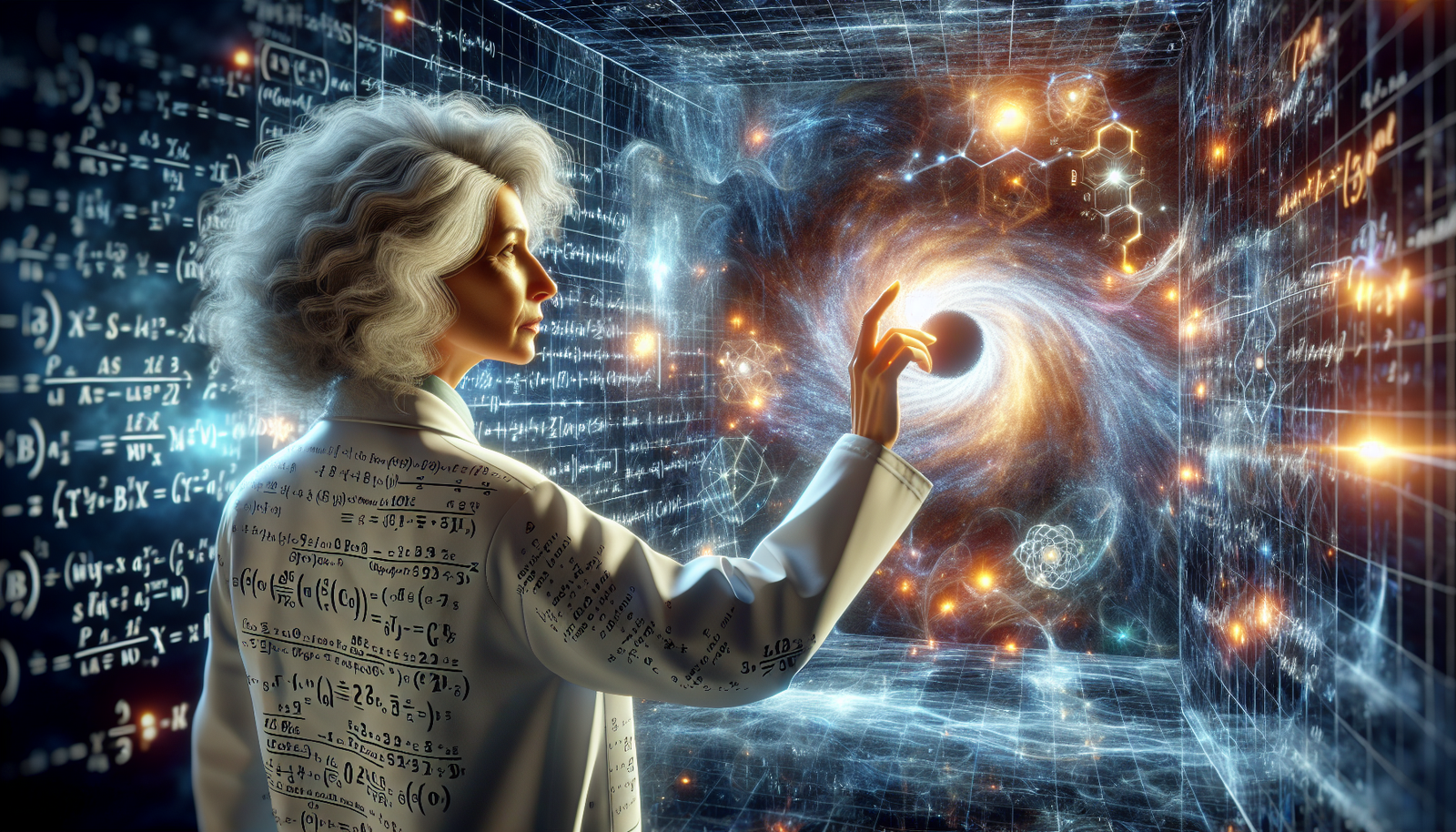
By Gabriel Chen, Ufologist
What if I told you that everything you see around you—the screen you're reading this on, the room you're sitting in, even your own body—might be a projection from a flat, two-dimensional surface at the edge of our universe? It sounds like science fiction, but this mind-bending concept, known as the Holographic Universe theory, is a serious scientific hypothesis being explored by some of today's most brilliant physicists.
"Imagine that everything you see, feel and hear in three dimensions (and your perception of time) in fact emanates from a flat two-dimensional field," explains Professor Kostas Skenderis from the University of Southampton. "The idea is similar to that of ordinary holograms where a three-dimensional image is encoded in a two-dimensional surface, such as in the hologram on a credit card. However, this time, the entire universe is encoded!"
This isn't suggesting we're living in a computer simulation or that reality isn't "real." Instead, it proposes that our three-dimensional experience may emerge from information encoded on a distant two-dimensional boundary—a radical reimagining of reality's fundamental nature that could resolve some of physics' most perplexing puzzles.
Understanding Holograms: From Credit Cards to Cosmos
To grasp the holographic universe concept, we first need to understand what makes a hologram different from a regular photograph. When you look at a photograph, you're seeing a two-dimensional representation of a three-dimensional scene. But a hologram creates the illusion of depth and dimensionality through a clever trick of light.
Traditional holograms are created using laser beams split in two directions. One beam illuminates an object, while the other serves as a reference. When these beams intersect, they create an interference pattern that's recorded on photographic film. Later, when light shines on this film, it reproduces a three-dimensional image of the original object.
The most fascinating property of holograms—and what makes them so relevant to this cosmic theory—is that if you cut a hologram in half, each piece still contains the entire image, just with less detail. Unlike a regular photograph where cutting it in half gives you half the picture, every fragment of a hologram contains information about the whole image. This "whole in every part" quality is fundamentally different from how we typically think about physical objects and information storage.
Quantum physicist David Bohm, a protégé of Einstein, first applied this concept to our understanding of reality. Bohm proposed that the universe we experience (what he called the "explicate order") might be a projection from a deeper level of reality (the "implicate order"). In this view, everything in our universe is interconnected in ways that transcend ordinary spatial relationships—just like information in a hologram.
Black Holes: Windows to a Holographic Reality
The journey toward the holographic universe theory began, surprisingly, with black holes—cosmic objects whose gravitational pull is so strong that nothing, not even light, can escape once it crosses their event horizon.
In the 1970s, Stephen Hawking made the revolutionary discovery that black holes aren't completely black but emit a faint radiation (now called "Hawking radiation"). This created a profound puzzle: if black holes eventually evaporate through this radiation, what happens to all the information about the matter that fell into them?
According to quantum mechanics, information cannot be destroyed. Yet Hawking's calculations suggested that when a black hole finally disappears, so does all information about what fell into it. This "black hole information paradox" represented a fundamental clash between quantum theory and Einstein's general relativity.
Enter Jacob Bekenstein, who proposed another revolutionary idea: a black hole's entropy—a measure of its disorder or information content—is proportional to the area of its event horizon, not its volume. This was expressed in what became known as the Bekenstein-Hawking formula:
S = c³A/4ħG
Where:
- S is entropy
- A is the area of the event horizon
- c is the speed of light
- ħ is the reduced Planck constant
- G is Newton's gravitational constant
This was profoundly counterintuitive. In normal systems, entropy scales with volume—double the size of a box of gas, and you double its entropy. But for black holes, entropy scales with surface area instead. This strange property hinted at something fundamental about information and space.
Dutch physicist Gerard 't Hooft took this insight further, suggesting that when matter falls into a black hole, its information might not be lost but rather encoded on the two-dimensional surface of the event horizon—like a hologram. Stanford physicist Leonard Susskind formalized this into what we now call the holographic principle: the idea that the entire three-dimensional universe might be encoded on a distant two-dimensional boundary.
The Mathematics: AdS/CFT Correspondence
The holographic principle remained largely theoretical until 1997, when Argentine physicist Juan Maldacena provided a concrete mathematical framework that transformed the field. His paper, which has been cited more than 10,000 times, proposed what is now known as the AdS/CFT correspondence (anti-de Sitter/conformal field theory correspondence).
Maldacena's breakthrough showed that a theory of quantum gravity in a five-dimensional curved spacetime (anti-de Sitter space) is mathematically equivalent to a simpler quantum field theory without gravity that operates on the four-dimensional boundary of that spacetime.
Think of it this way: imagine trying to solve a fiendishly difficult 3D puzzle. Now imagine discovering that the solution to this puzzle is mathematically equivalent to solving a much simpler 2D puzzle. The AdS/CFT correspondence provides physicists with exactly this kind of shortcut, allowing them to translate nearly impossible gravitational problems into more tractable quantum field theory problems.
"When you look at two theories and one has gravity and one doesn't, and they describe exactly the same physics, something deep is going on," explains Susskind. This correspondence suggests that gravity itself—the force that shapes the very fabric of spacetime—might be an emergent phenomenon rather than a fundamental force.
Spacetime as an Emergent Phenomenon
One of the most profound implications of the holographic principle is that spacetime itself—the stage on which the cosmic drama unfolds—may not be fundamental but emergent, arising from more basic quantum entanglement patterns on a lower-dimensional surface.
Mark Van Raamsdonk, a theoretical physicist at the University of British Columbia, puts it this way: "When you have the right pattern of entanglement, you start to get a spacetime on the other side. It's almost like the spacetime is a geometrical representation of the entanglement. Take away all the entanglement, and then you just eliminate the spacetime."
Imagine a puddle of water. Individual water molecules don't exhibit the properties of liquidity—that emerges only when many molecules interact in specific ways. Similarly, spacetime may not exist at the most fundamental level but emerges from the collective behavior of more basic quantum entities.
This turns our understanding of reality inside out. Rather than thinking of space as a container that holds quantum fields and particles, the holographic principle suggests that space itself emerges from quantum entanglement relationships. It's not that objects exist "in" space; rather, the very notion of spatial relationships emerges from more fundamental quantum connections.
Looking for Evidence: Can We Test This?
While the holographic principle began as a theoretical concept, researchers have been searching for observational evidence. In 2017, a team from the UK, Canada, and Italy published findings in Physical Review Letters suggesting they had found the first observational evidence supporting a holographic explanation of the universe.
Their research analyzed irregularities in the cosmic microwave background (CMB)—the "afterglow" of the Big Bang. By studying patterns in this ancient light, they found that simple quantum field theories could explain nearly all cosmological observations of the early universe in a way consistent with the holographic principle.
"We are proposing using this holographic universe, which is a very different model of the Big Bang than the popularly accepted one that relies on gravity and inflation," said Niayesh Afshordi from the University of Waterloo and Perimeter Institute.
However, not all tests have yielded positive results. An experiment at Fermilab called the Holometer searched for tiny "jitters" in spacetime that might be expected if our reality were holographic. The experiment, designed by physicist Craig Hogan, used lasers to look for minute quantum fluctuations in spatial position, but ultimately found no evidence of the specific type of "holographic noise" predicted by Hogan's model.
This doesn't disprove the holographic principle itself—only a particular formulation of it. As Sabine Hossenfelder, a theoretical physicist, noted: "Not surprising, as the idea underlying it is nonsense." But Yanbei Chen of Caltech argues: "At least he's making some effort to make an experimental test. If the string theorists complain that this is not testing what they're doing, well, they can come up with their own tests."
Resolving the Black Hole Information Paradox
The holographic principle offers an elegant solution to the black hole information paradox that started this whole journey. If information falling into a black hole gets encoded on its event horizon—like data written to the surface of a hard drive—then it's never truly lost.
Think of the event horizon as a kind of "cosmic memory foam" that retains an imprint of everything that falls into it. When the black hole eventually evaporates through Hawking radiation, this information gets transferred to the outgoing radiation. The information is scrambled beyond practical recognition, but in principle, it remains preserved, maintaining the fundamental principles of quantum mechanics.
This resolution satisfied even Stephen Hawking, who initially believed information was truly destroyed in black holes. In 2004, Hawking conceded: "I'm sorry to disappoint science fiction fans, but if information is preserved, there is no possibility of using black holes to travel to other universes. If you jump into a black hole, your mass energy will be returned to our universe, but in a mangled form, which contains the information about what you were like, but in an unrecognizable state."
Beyond Physics: The Holographic Brain
Interestingly, neuroscientist Karl Pribram independently developed ideas similar to Bohm's holographic universe theory to explain how the brain stores memories. Pribram proposed that memories aren't stored in specific neurons but are distributed throughout the brain—similar to how information is stored in a hologram.
Pribram's research showed that rats could still access memories even after significant portions of their brains were removed. Similarly, human patients with brain damage often retain fragments of memories rather than losing specific memories entirely. This pattern suggests a holographic-like storage system where each part contains aspects of the whole, albeit at reduced resolution.
Together, Bohm and Pribram developed what became known as the "holonomic brain theory," suggesting that the brain processes information in a way similar to a hologram. This theory has influenced discussions about consciousness and how the brain processes information, though its direct connection to the physics of the holographic universe remains speculative.
Challenges and Future Directions
Despite its elegance, the holographic universe theory faces significant challenges. Perhaps the most important is that the well-established mathematical formulation—the AdS/CFT correspondence—applies to a universe with properties different from our own.
Our universe appears to be flat (or very nearly so) and is described by what physicists call a de Sitter space, not the anti-de Sitter space used in Maldacena's calculations. As Maldacena himself notes: "I would very much like to have a similar statement for de Sitter space. People keep thinking about it, but no clear contender has emerged so far."
Testing the theory directly presents enormous challenges. The effects predicted typically manifest at scales far smaller than current technology can probe. The Planck length—the scale at which quantum effects of gravity become significant—is approximately 10-35 meters, far smaller than even the most powerful particle accelerators can investigate.
Nevertheless, research continues along several promising paths:
- Physicists are working to extend the holographic principle to de Sitter space
- The "It from Qubit" collaboration, funded by the Simons Foundation, brings together information theorists and quantum physicists
- New experimental approaches are being developed to detect potential signatures of holographic reality
"What we have learned from holography and other developing theories is that the language of information theory is useful for understanding quantum gravity," explains Matthew Headrick, a professor of physics at Brandeis University. "When information theory and quantum people talk to each other, we understand more deeply how the hologram encodes the three-dimensional information."
What Would It Mean to Live in a Hologram?
If the holographic principle proves true, what would it mean for our daily lives? In one sense, nothing would change. Your morning coffee would still taste the same; gravity would still keep your feet on the ground. The laws of physics we've discovered would remain valid at the scales relevant to human experience.
Yet in another sense, it would transform our fundamental understanding of reality. The space we perceive as absolute and fundamental would instead be an emergent property of a deeper reality encoded on a distant boundary. Our intuitions about locality—that things interact primarily with their immediate surroundings—would be revealed as approximations rather than fundamental truths.
Brian Greene offers this perspective: "We think of our world as three-dimensional with time being the fourth dimension. But it could be that everything we experience is merely a holographic projection of processes taking place on some distant two-dimensional surface."
This wouldn't mean reality is an illusion—just that its fundamental nature is profoundly different from our intuitive understanding. The apple still falls from the tree whether we describe it using Newton's equations or as information encoded on a cosmic boundary.
A New Paradigm in Physics?
The holographic universe represents one of the most profound reconceptualizations of reality in the history of science. If confirmed, it would rank alongside the Copernican revolution and the development of quantum mechanics in its impact on our understanding of the universe.
Just as Copernicus displaced Earth from the center of the cosmos, and quantum mechanics revealed the probabilistic nature of reality at the smallest scales, the holographic principle may displace our notion of three-dimensional space as fundamental. It suggests that the universe is not only stranger than we imagine—it's stranger than we can imagine.
Whether or not our universe ultimately proves to be holographic in the precise way current theories suggest, the journey of discovery has already transformed our understanding of reality. The holographic principle has compelled us to question our deepest assumptions about space, time, and the nature of existence itself.
As physicists continue to explore this radical idea, they remind us that science's greatest power lies not just in answering questions, but in revealing that reality may be far more surprising and beautiful than our limited human perception suggests. As Leonard Susskind reflects: "I think this holographic idea is permanent in the vocabulary of physicists. But how it plays out? There will be surprises."
From Bigfoot to UFOs: Hangar 1 Publishing Has You Covered!
Explore Untold Stories: Venture into the world of UFOs, cryptids, Bigfoot, and beyond. Every story is a journey into the extraordinary.
Immersive Book Technology: Experience real videos, sights, and sounds within our books. Its not just reading; its an adventure.


